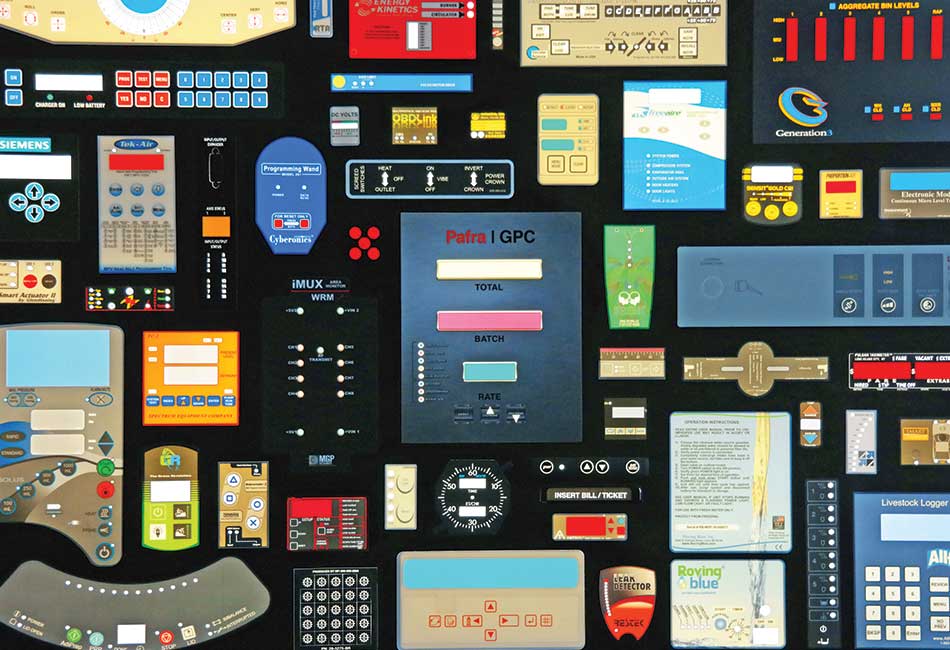Recognizing How Graphic Overlays Job to Boost Your Innovative Projects
Graphic overlays serve as a crucial component in the realm of innovative tasks, enhancing both visual interaction and audience involvement. The effective assimilation of these overlays calls for cautious consideration of style concepts and goals.
What Are Graphic Overlays?
Graphic overlays are visual components that are positioned on top of a base photo or interface to enhance interaction and customer experience. They offer various functions, including offering additional details, assisting user communication, and improving aesthetic charm. Common applications of graphic overlays can be found in digital user interfaces, advertising, and academic products.

Graphic overlays are typically created making use of layout software program, permitting developers to manipulate size, openness, and shade to attain the wanted effect. They can be static or vibrant, with animations that draw the customer's eye and enhance involvement. The calculated use of graphic overlays not only enhances visual power structure but also help in providing a clear and systematic message. Recognizing exactly how to efficiently carry out graphic overlays is critical for developers intending to raise their creative projects.

Benefits of Making Use Of Graphic Overlays
Utilizing visuals overlays can significantly boost the efficiency of aesthetic interaction across various mediums. Among the key benefits is the capability to share complex information succinctly. By layering graphics, text, and photos, overlays assist in the discussion of information in a more digestible style, making it simpler for target markets to comprehend vital principles promptly.
Furthermore, visuals overlays can boost visual charm, accentuating certain aspects within a layout. This is specifically advantageous in advertising and advertising, where catching the visitor's rate of interest is vital. The critical usage of colors, shapes, and typography in overlays can produce a engaging and cohesive visual narrative, boosting brand acknowledgment.
In addition, graphic overlays offer flexibility in style. They allow creators to adapt material for different systems without going back to square one, making certain uniformity across various networks. This versatility is essential in today's digital landscape, where web content needs to be enhanced for varied devices and layouts.
Kinds Of Graphic Overlays
When taking into consideration the different types of visuals overlays, it is necessary to acknowledge their varied applications across different industries. Graphic overlays can be classified largely into three types: useful, decorative, and informative.
Useful overlays are designed to boost the usability of a product. Typically located in electronic tools, these overlays often offer tactile feedback through elevated switches or distinctive surface areas, boosting individual interaction. They can likewise act as a safety layer, protecting the underlying elements from damage.
Attractive overlays concentrate on aesthetic improvement, enabling brands to share their identification with vibrant styles and customized graphics. These overlays are prevalent in packaging, advertising, and point-of-sale materials, where aesthetic allure is essential for bring in customers.
Informative overlays, on the various other hand, are made use of to communicate crucial information or instructions. They can be seen in applications such as signs, individual handbooks, and training graphics, where clarity and readability are extremely important.
Each sort of graphic overlay serves an one-of-a-kind purpose, adding to the general efficiency of imaginative projects while resolving certain needs within various industries. Understanding these distinctions is vital for selecting the ideal overlay for your task.
Best Practices for Implementation
To make certain the successful application of visuals overlays, it is crucial to establish a clear understanding of the job's goals and the certain needs of the end-users. Begin by conducting thorough study to determine the target audience and their choices, as this will educate layout selections and capability.
Following, create a detailed strategy that outlines the overlay's function, integration, and format process. This strategy must consist of interface factors to consider, ensuring that overlays enhance instead of obstruct the customer experience - Graphic Overlays. Maintain and consider the visual power structure uniformity in design components, such as color symbols, typefaces, and systems, to advertise brand name comprehensibility
Evaluating is vital; gather responses from a representative example of individuals to recognize potential concerns and areas for enhancement. Repeat on the style based on customer input and efficiency data. Furthermore, guarantee compatibility across numerous devices and systems to make best use of ease of access.
Devices for Developing Overlays
Creating effective graphic overlays requires the right tools to convert layout ideas right into functional applications. Numerous software application and platforms are available, each tailored to certain requirements and skill levels.
Adobe Photoshop and Illustrator are sector requirements, providing considerable check my reference capabilities for producing and adjusting overlays. These devices offer advanced functions such as layer monitoring, mixing modes, and vector graphics, enabling designers to develop high-grade and complex overlays.
For those looking for a more info here much more straightforward approach, Canva and Figma are exceptional options (Graphic Overlays). Canva's intuitive user interface enables users to develop overlays promptly utilizing pre-designed templates, while Figma assists in collaborative layout in real-time, making it optimal for teams
Furthermore, open-source choices like GIMP and Inkscape give robust performances without the linked costs of exclusive software. These devices allow for versatility in style and can fit various data styles, making sure compatibility throughout various systems.

Verdict
In final thought, visuals overlays serve as effective tools for boosting creative tasks by offering aesthetic clarity, visual charm, and brand name consistency. By comprehending the basic principles and advantages associated with visuals overlays, developers can substantially improve the high quality and performance of their aesthetic communications.
Graphic overlays serve as a crucial element in the realm of innovative tasks, boosting both visual interaction and target market involvement.Graphic overlays are frequently produced making use of layout software, allowing designers to manipulate color, transparency, and dimension to achieve the preferred result.In addition, graphic overlays can increase visual allure, drawing attention to specific elements within a style.Furthermore, visuals overlays give flexibility in design.In conclusion, graphic overlays offer as blog effective tools for enhancing creative projects by offering visual clearness, visual appeal, and brand name uniformity.